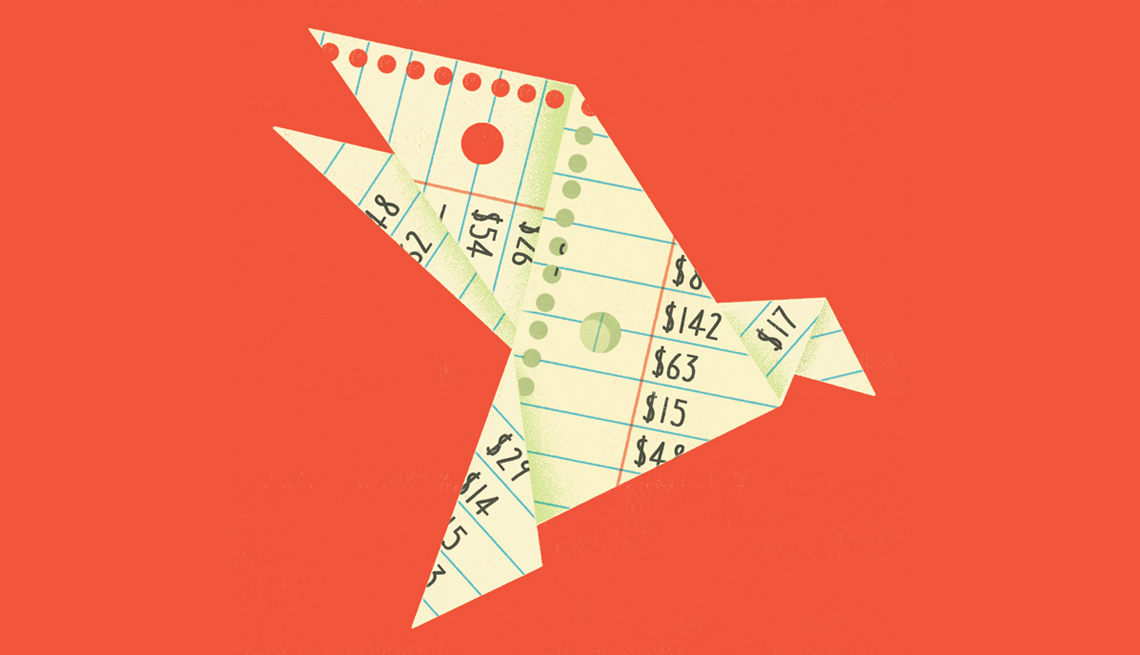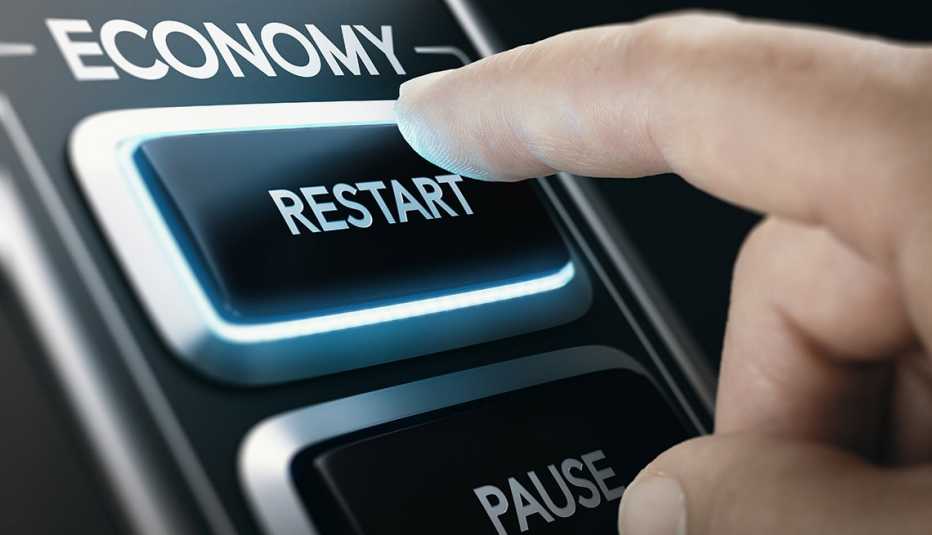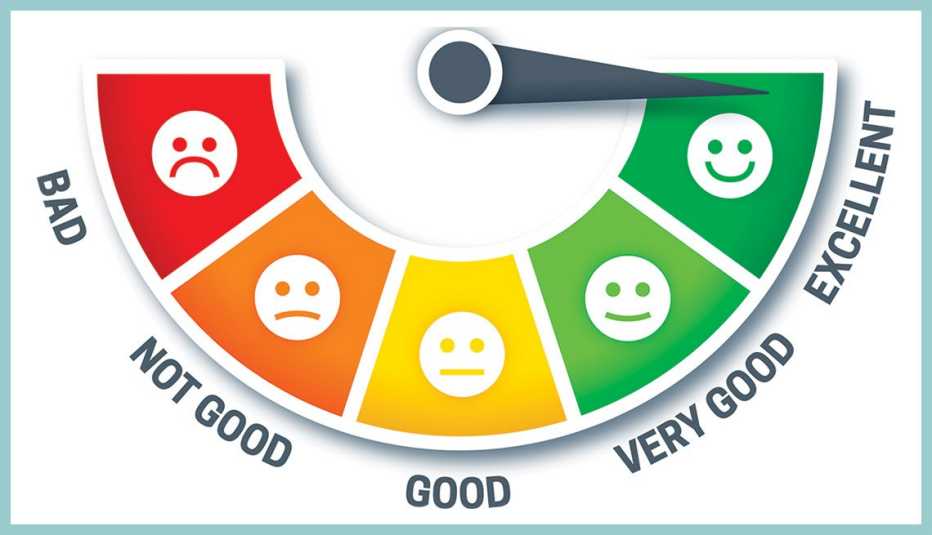Staying Fit
I don't think I'm the only one who self-soothed through many long, isolated months of the pandemic by shopping online for kitchen gadgets, spa-grade bathroom products, garden plants … whatever. But now that I'm fully vaxxed and back out in the world, I would like to dial back that kind of impulse shopping and be more thoughtful about the way I spend money. You, too? I thought so.
One way to get there is by recording your spending the old-fashioned way — with pen on paper. That may seem unnecessarily old-school and time-consuming in an era of automatic credit card downloads. But the act of writing has power. Many studies have shown that we observe and remember things better when we write them down. Armando Roggio, a Kuna, Idaho, father of seven who hosts a YouTube personal finance show called You, Money, Happiness, tried this for six months and discovered, among other things, that he had been double-paying a $9.99 subscription for years. Though he had always reviewed his credit card bills, he never noticed the double charge until he wrote it in his journal.


AARP Membership— $12 for your first year when you sign up for Automatic Renewal
Get instant access to members-only products and hundreds of discounts, a free second membership, and a subscription to AARP the Magazine.
Another useful low-tech practice is to write down your spending plans on a regular basis. At the beginning of every month, try asking yourself these four questions:
- How much money will I have?
- How much money would I like to save?
- How much money will I spend?
- How can I improve?
Targeting savings in advance forces you to prioritize them. And that open-ended “improvement” question encourages you to find savings in a way that works best for you.
These two suggestions don't come out of nowhere. They are characteristics of a Japanese budgeting practice called kakeibo (pronounced “kah-KEH-boh” and meaning “household financial ledger"), devised over 100 years ago and still popular in Japan today. It's become a minor fad in America in recent years — there's been a spate of books, magazine articles and kakeibo journals for sale — and so I decided to explore it. I'm glad I did. I learned that the kakeibo is a special kind of money journal that guides users through monthly planning and spending exercises. And it fits in with a strong tradition of thrift and savings in Japan.
And I also learned that my own sister-in-law, Yukiko Hirano, 62, has been doing this for much of her life. Growing up in the south of Japan, she watched her mother keep a kakeibo journal; when Hirano began her career, she started her own. “For me it was normal and natural,” she says. “I used it to categorize all of my expenses.”
While living in the U.S. during much of her adult life, Hirano didn't bother with kakeibo, instead tracking her spending with her checking account register and credit card statements. But after she and my brother-in-law moved back to Japan, she renewed the habit.




































































